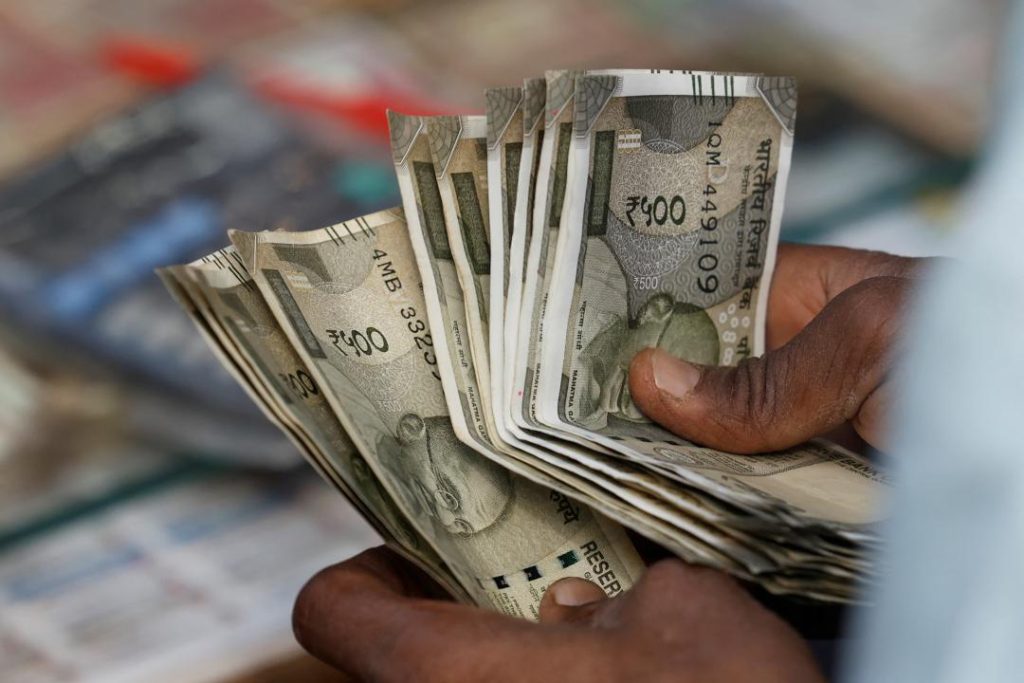
Title: What got cheaper & costlier in March as CPI falls to 67-month-low of 3.34%?
As the Indian economy continues to navigate its way through the ongoing pandemic and subsequent economic challenges, a recent announcement by the government has brought some respite to consumers. According to the latest data, India’s retail inflation, measured by the Consumer Price Index (CPI), has fallen to a 67-month low of 3.34% in March. This decline has led to a significant drop in the prices of certain essential commodities, while others have seen marginal increases.
The data released by the Ministry of Statistics and Programme Implementation, which is the official source of inflation data in India, shows that the CPI has been trending downwards since January 2020. The current rate of 3.34% is the lowest since August 2017, when it stood at 2.99%. The fall in inflation is primarily attributed to a decline in prices of food items, particularly eggs, vegetables, and pulses.
Prices of Eggs, Vegetables, and Pulses See Significant Decline
The prices of eggs have seen a significant decline of 13.2% in March compared to the same period last year. This is the highest decline in egg prices since September 2017. The drop in prices is attributed to an increase in egg production and a decrease in demand due to the ongoing pandemic.
Vegetable prices have also seen a substantial decline of 12.8% in March, which is the highest decline since June 2018. The prices of vegetables like potatoes, onions, and tomatoes have seen a significant drop, which is expected to bring relief to consumers who were facing high prices earlier.
Pulse prices have also seen a decline of 12.1% in March, which is the highest decline since July 2018. The prices of pulses like tur dal, moong dal, and chana dal have seen a significant drop, which is expected to bring relief to consumers who were facing high prices earlier.
Spices, Meat, Fish, and Housing See Marginal Decline
While the prices of eggs, vegetables, and pulses have seen a significant decline, the prices of spices, meat, fish, and housing have seen a marginal decline. The prices of spices like turmeric, coriander, and cumin have seen a decline of 0.4% in March, while the prices of meat, fish, and poultry products have seen a decline of 0.3%.
The prices of housing have also seen a marginal decline of 0.2% in March, which is the lowest decline since January 2020. The decline in housing prices is attributed to a decrease in demand due to the ongoing pandemic.
Fruit Prices See Significant Jump
While the prices of eggs, vegetables, and pulses have seen a significant decline, the prices of fruits have seen a significant jump. The prices of fruits like apples, bananas, and oranges have seen a rise of 14.1% in March, which is the highest rise since June 2018.
This jump in fruit prices is attributed to a decrease in supply and an increase in demand due to the ongoing pandemic. The prices of fruits like grapes and mangoes have also seen a significant rise, which is expected to bring relief to farmers who were facing low prices earlier.
Other Commodities See Marginal Rises
The prices of cereals, milk, oil, sugar, confectionery, clothing, snacks, sweets, pan, tobacco, footwear, fuel, and health and education have seen marginal rises in March. The prices of cereals like wheat, rice, and maize have seen a rise of 0.2% in March, which is the lowest rise since July 2018.
The prices of milk and milk products have seen a rise of 0.3% in March, which is the lowest rise since January 2020. The prices of oil and petroleum products have seen a rise of 0.4% in March, which is the lowest rise since June 2018.
Conclusion
The recent announcement of a 67-month low in retail inflation has brought some respite to consumers who were facing high prices earlier. The decline in prices of eggs, vegetables, and pulses is expected to bring relief to consumers who were facing high prices earlier. However, the prices of fruits have seen a significant jump, which is expected to bring relief to farmers who were facing low prices earlier.
The marginal decline in prices of spices, meat, fish, and housing is expected to bring relief to consumers who were facing high prices earlier. The marginal rises in prices of cereals, milk, oil, sugar, confectionery, clothing, snacks, sweets, pan, tobacco, footwear, fuel, and health and education are expected to have a minimal impact on consumers.
Overall, the recent decline in retail inflation is a positive sign for the Indian economy, which is expected to bring relief to consumers and boost economic growth.
News Source:
https://pib.gov.in/PressReleseDetail.aspx






